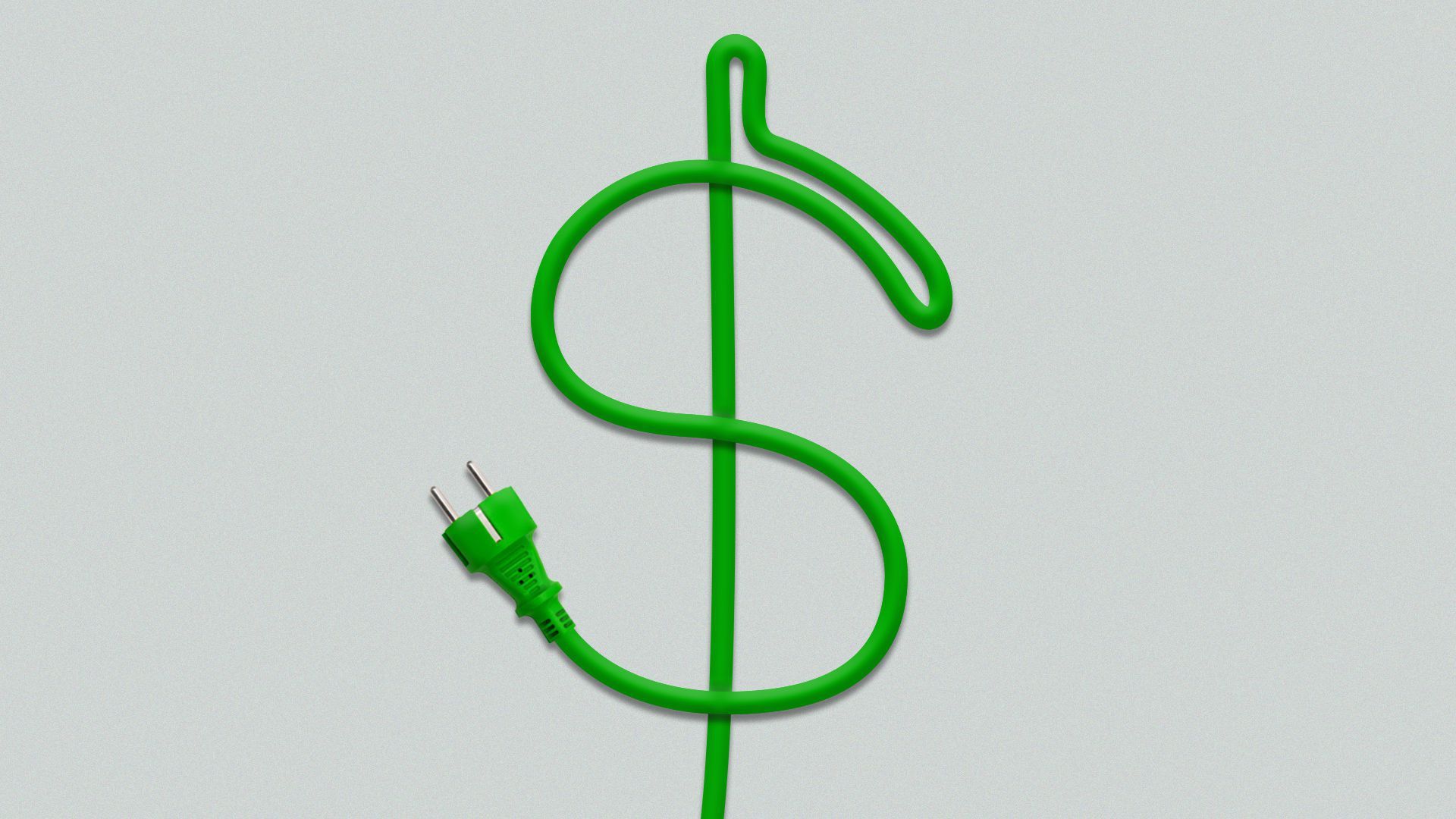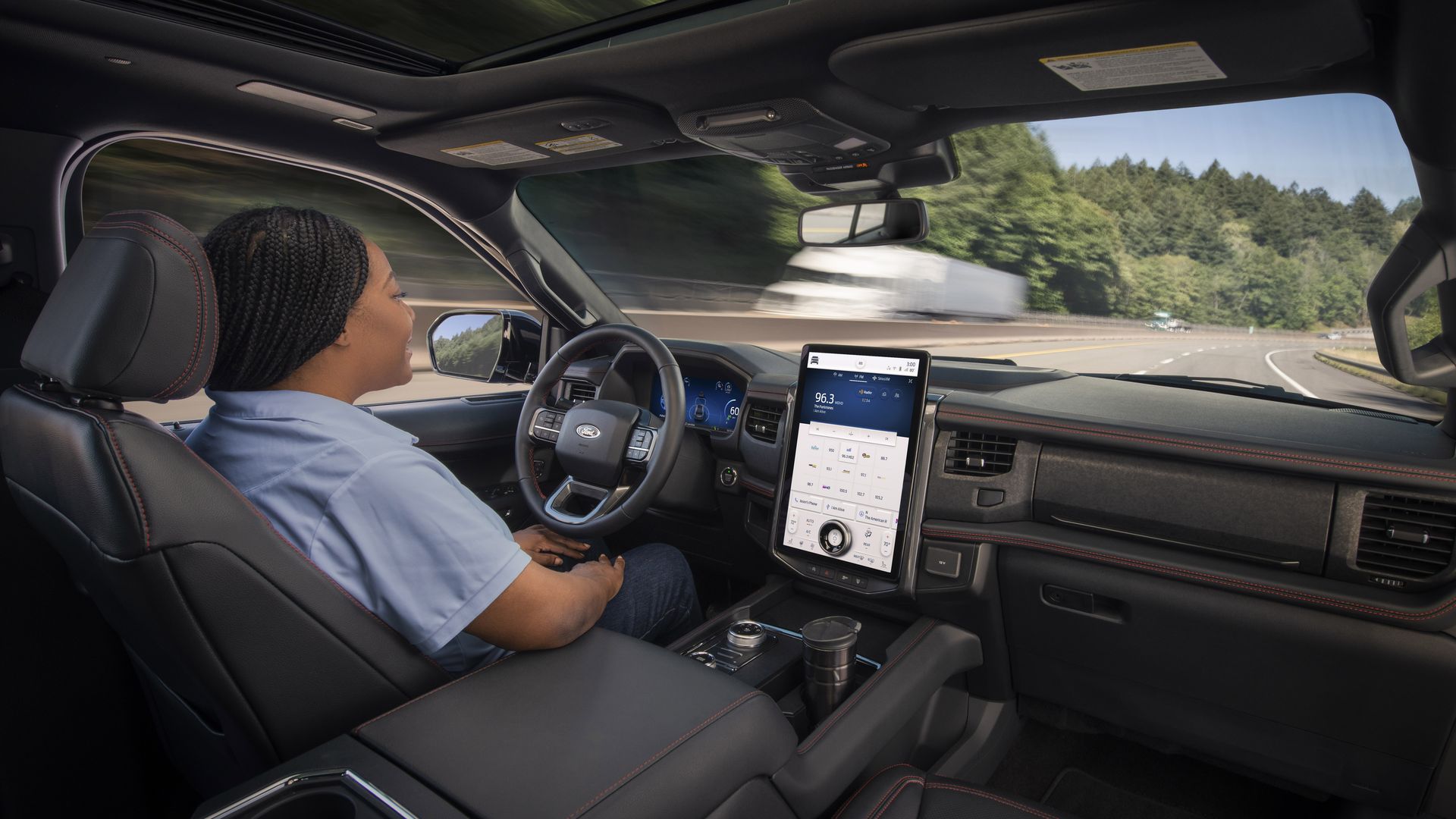| | | | | | | | | | | Axios What's Next | | By Jennifer A. Kingson, Joann Muller and Alex Fitzpatrick · Jul 29, 2022 | | Did you take part in the "great resignation"? Then you might've wound up better off, Jennifer reports today. Today's Smart Brevity count: 997 words ... 4 minutes. | | | | | | 1 big thing: The job-switchers won, big time |  Data: Pew Research Center analysis of the Current Population Survey; Chart: Baidi Wang/Axios Most people who switched employers between April 2021 and March 2022 saw an increase in their real earnings despite surging inflation, according to a new Pew Research Center report, Jennifer A. Kingson writes. Why it matters: People continue to hunt for new jobs in record numbers amid proof that the "great resignation" is paying off. Driving the news: 60% of people saw an increase in real earnings after they switched employers, compared with 47% of those who remained in the same job, Pew found. - The median worker who found a new job enjoyed a 9.7% bump in inflation-adjusted earnings, compared to a -1.7% dip for those who stayed put.
- The recent trend was quite different from the previous year: From April 2020 to March 2021, 51% of job-switchers saw a real earnings income boost, versus 54% of people who stayed put.
The higher income for job-switchers "happened despite a surge in the rate of inflation that has eroded real earnings for many others," Pew noted. By the numbers: In the first quarter of this year, 4 million workers a month changed jobs, for an overall rate of 2.5% — compared with 2.3% in the same period last year, Pew said. Between the lines: While the "great resignation" is sometimes viewed as a product of white-collar burnout, Pew found otherwise: Workers with a bachelor's degree or higher switched jobs at a rate of 2.1% in the first quarter of this year, about the same as in 2019. Read the full story. |     | | | | | | 2. Why the climate bill matters for EV buyers |  | | | Illustration: Gabriella Turrisi/Axios | | | | Electric vehicles could become a lot more affordable if Congress approves a spending bill that features sweeping climate provisions, Joann Muller reports. Why it matters: EVs' up-front costs are still too high for many buyers, despite their lower long-term cost of ownership. Details: In the current version of the bill, EV buyers can earn up to $7,500 in federal tax credits on North American-built vehicles, but only if the battery minerals are mined in the U.S., or in a trade partner country, and the battery is largely built in North America. - Cars like the popular Mexico-built Ford Mustang Mach-E would qualify.
- There are new income qualifications and sticker price limits ($80,000 for trucks and SUVs, $55,000 for sedans) to ensure that the incentives are directed to mass-market customers, not wealthy buyers of luxury EVs.
- The credits can be applied as a rebate at the time of purchase, rather than at tax filing time, which could make EVs' initial cost more affordable for many.
- Buyers of pre-owned electric vehicles would be eligible for a credit of up to $4,000 — important, because 70% of cars are purchased used.
The bill would also remove a cap limiting tax credits to 200,000 vehicles per manufacturer. Instead, the credits will sunset for all automakers in 2032. What to watch: The legislation will need unanimous Democratic support to pass the Senate (which is uncertain), and details could still change during the amendment process. Read the rest. |     | | | | | | 3. What coffee shops reveal about remote work |  | | | Illustration: Sarah Grillo/Axios | | | | The country's coffee shops appear stuck at about 75% of their pre-pandemic sales volume, per a new Bank of America analysis, Alex Fitzpatrick reports. - In part, that's likely because some people are still working from home at least some of the time — meaning they're not stopping by for a morning or afternoon boost on their way to the office.
Why it matters: Tracking drip, Americano and cold brew sales can be a useful way to study remote work and its knock-on effects, as businesses catering to office workers continue to struggle. The details: BoA's research is based on anonymized, aggregated data from 70,000-plus U.S. stores. - Some coffee shops are faring better than others. Those in California, Texas and North Carolina are well above their pre-pandemic sales levels — potentially thanks to population growth in the latter two states, the researchers suggest.
Alex's thought bubble: I love this kind of study. Any time researchers figure out a way to use tangentially related data to track some larger trend, that's my jam. |     | | | | | | A message from Axios | | Get the news your competitors are reading | | |  | | | | Join the hundreds of companies already using Axios Pro to empower their work. How it works: Axios Pro saves your team time, delivering exclusive deals reporting and analysis you won't find anywhere else. Learn more about corporate special pricing. | | | | | | 4. What we're driving: Ford BlueCruise |  | | | Photo courtesy of Ford | | | | Joann here. I've driven a number of vehicles recently with Ford's BlueCruise hands-free highway driving assistant, and here's my takeaway: It's still a work in progress. The big picture: Ford is the second automaker to offer a true hands-free highway driving system. GM's Super Cruise was first in 2017. How it works: Like GM's system, Ford BlueCruise only works on pre-mapped sections of certain roads at speeds up to 85 miles per hour. - Ford has designated 130,000 miles of these so-called Blue Zones across North American highways. (GM Super Cruise works on more than 200,000 miles.)
- When the instrument cluster turns blue and the steering wheel icon shows the words "hands free," the driver knows they are in a Blue Zone and can safely remove their hands from the wheel.
My first encounter with BlueCruise was in an F-150 Lightning I drove along with another journalist during a media event last May in Texas. - It did not inspire confidence at the time. In hands-free mode, the Lightning couldn't handle fairly modest highway curves and kept handing back control.
Ford is aware of these issues, and says it will continue to improve BlueCruise. - "Our first generation is purposely conservative," Ford chief engineer Chris Billman told me. "We will grow out of that and support sharper and sharper curves."
Key takeaway: I later drove a Ford Expedition with BlueCruise and a Lincoln Navigator with similar ActiveGlide technology, and both seemed more competent. Read the full story. |     | | | | | | 5. One fun thing: America's UFO capital |  | | | Illustration: Aïda Amer/Axios | | | | Washington has logged the most UFO reports among U.S. states, according to data from the National UFO Reporting Center, Axios' Melissa Santos reports. By the numbers: Residents have reported 6,812 UFO sightings to the national center, with the earliest reports dating to the 1940s. - That's roughly 88 sightings per 100,000 residents — more than double the rate of most states.
- California, for instance, logged only 39 UFO sightings per 100,000 residents over a similar time frame.
Read the rest. |     | | | | | | A message from Axios | | Get the news your competitors are reading | | |  | | | | Join the hundreds of companies already using Axios Pro to empower their work. How it works: Axios Pro saves your team time, delivering exclusive deals reporting and analysis you won't find anywhere else. Learn more about corporate special pricing. | | | | A hearty thanks to What's Next copy editor Amy Stern. Was this email forwarded to you? Get your daily dose of What's Next magic by signing up here for our free newsletter. |  | | Are you a fan of this email format? It's called Smart Brevity®. Over 300 orgs use it — in a tool called Axios HQ — to drive productivity with clearer workplace communications. | | | | | | Axios thanks our partners for supporting our newsletters. If you're interested in advertising, learn more here.
Sponsorship has no influence on editorial content. Axios, 3100 Clarendon Blvd, Arlington VA 22201 | | | You received this email because you signed up for newsletters from Axios.
Change your preferences or unsubscribe here. | | | Was this email forwarded to you?
Sign up now to get Axios in your inbox. | | | | Follow Axios on social media:    | | | | | |









No comments:
Post a Comment